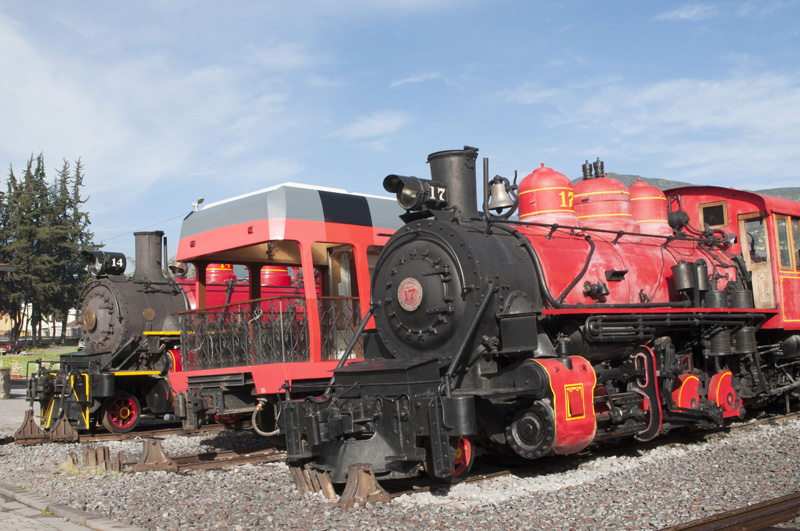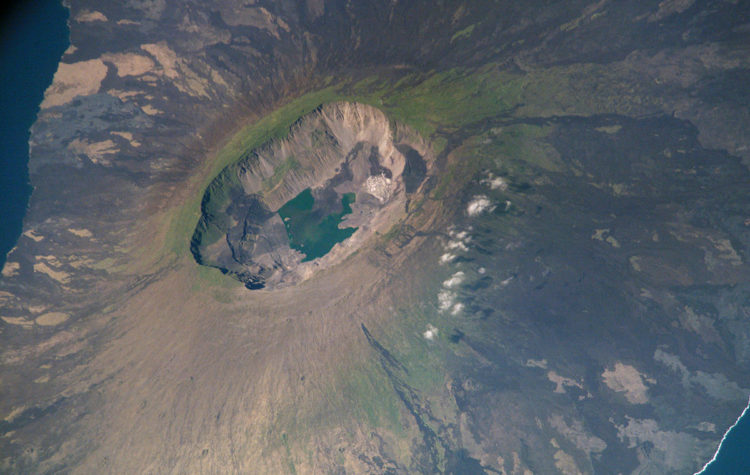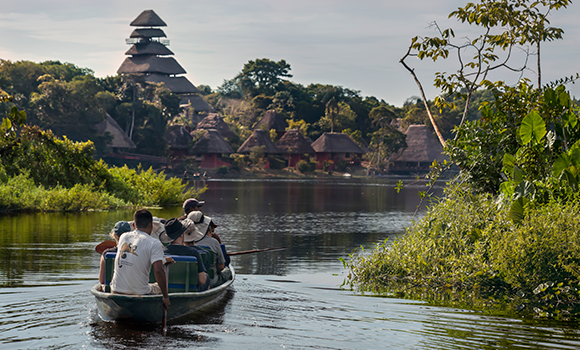Ecuador Train
Arriving at the Chimbacalle Train Station in the Center of Quito means visiting a historicsite, but above all, it symbolizes the beginning of a new adventure. Straight off, commemorative plates alluding to former president Eloy Alfaro are reminiscent of how trains became one of the engineering highlights of the XX century; in a country that needed a means of transportation that would connect the coast and the highlands. Trains made this possible, but also changed people’s lives forever.
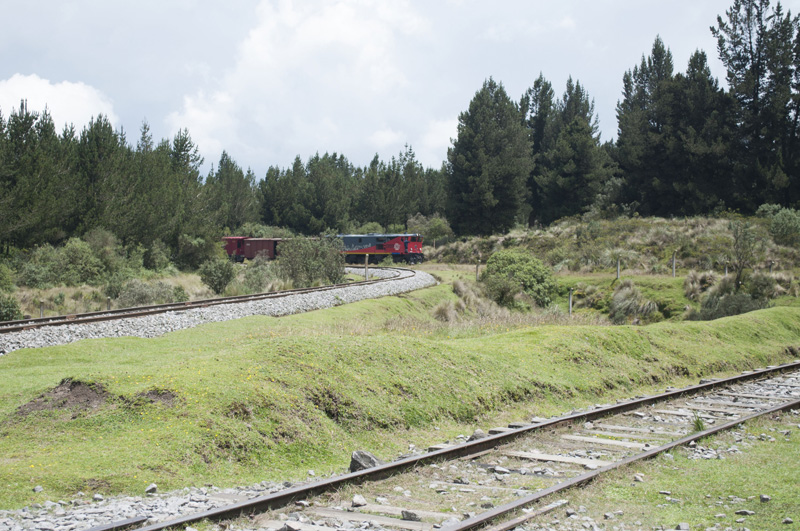 Currently, trains are a tourist attraction in Ecuador; on this occasion I will be traveling with several foreigners from the US and Canada. When I get there we greet each other and move towards the boarding area where several ancient locomotives are on display: something immediately catches my attention, despite cultural differences everyone takes out their cameras and does their utmost to get the perfect picture of themselves standing next to the trains. No one shows any apathy when taking the picture, which is why for several minutes the train station is full of people trying to find the best angle for their memento.
Currently, trains are a tourist attraction in Ecuador; on this occasion I will be traveling with several foreigners from the US and Canada. When I get there we greet each other and move towards the boarding area where several ancient locomotives are on display: something immediately catches my attention, despite cultural differences everyone takes out their cameras and does their utmost to get the perfect picture of themselves standing next to the trains. No one shows any apathy when taking the picture, which is why for several minutes the train station is full of people trying to find the best angle for their memento.
Although the sun peaks through the clouds, it´s cold. According to the itinerary, the first leg of the trip will be by bus and the return leg by train; we slowly leave the city behind and head towards the country. Watching the sky clear and make way for the sun, amidst the mountains and valleys, is a beautiful experience for all travelers, but it leaves foreigners speechless as they are not used to seeing such a picturesque scenery.
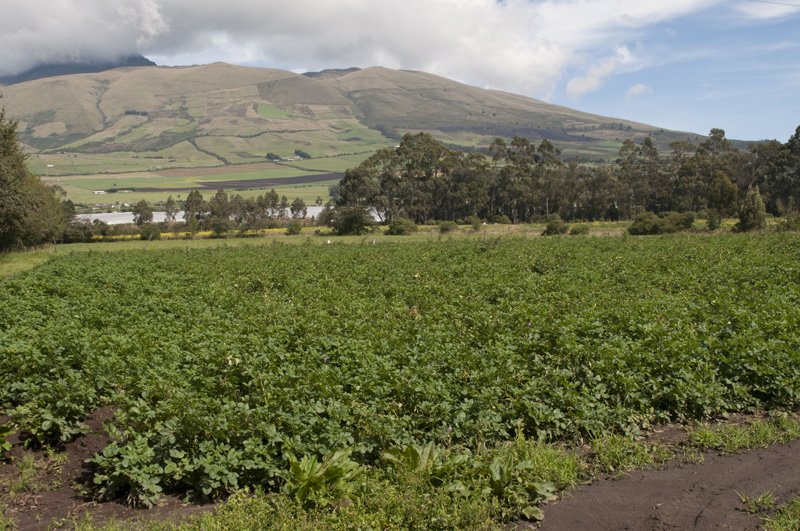
Before reaching the El Boliche Reserve, our destination, we make a stop at the “Bee Farm”, a place that promotes the organic crops that allow insects such as bees to survive an prolong a healthy environment. As a tourist, the idea of getting stung causes some unrest at being in this place, but according to the guides, the bees feel that the presence of humans is harmless, so they won’t attack; the theory is proven when we approach the honeycomb
We continue on our trip through the mountains of the highlands, clearly feeling the ground, the air and the vegetation nestled by the volcanos. Finally, we reach the El Boliche Reserve, located at approximately 3500 meters above sea level. The forest is exuberant, 40% of it filled with pine trees, a non-native species of plant life that causes changes in the ecosystem. Without the need for knowing anything about ecology or similar sciences, I can easily perceive the forest as sacred, natural temple. We walk down foot-trails for almost 30 minutes, during which, even before getting to know the plant and wildlife of the area, we feel nature’s magnificence. The foreigners look on in awe, some taking a break as a result of the altitude, and take the time to admire this natural wonder.
While we enjoy the scenery, we take break for lunch. Suddenly, the sun seems to disappear behind the clouds, making way for a light hailstorm. This all happens within a matter of minutes. Foreigners and locals alike again take advantage of the situation to take pictures while they look on in surprise. Quito and the surrounding areas have unpredictable weather that is quite attractive. The scenery turns white, as if we’d gone from a mild fall to a mountain winter.
We’re about to head back, the train is waiting; it makes its way through the vegetation and hills. During our return, the guide explains the details surrounding the construction of this means of transportation while we enjoy the scenery, one which is now that much closer and imposing when the train passes through tight spaces. As we travel through local towns, we see local customs that seem to defy the passage of time. One of these is how the people greet the train as it passes by. We all say hello back, waving our arms, local and foreign tourists alike. We continue on our journey, leaving behind this marvelous scenery, almost reaching the South of Quito now; in the distance, the virgin of El Panecillo greets us on our way to Chimbacalle.
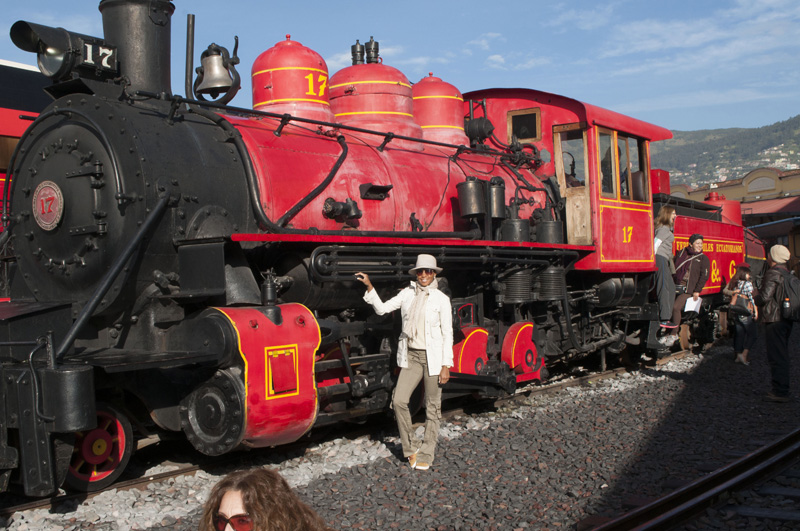
FUENTE: Experience Quito

